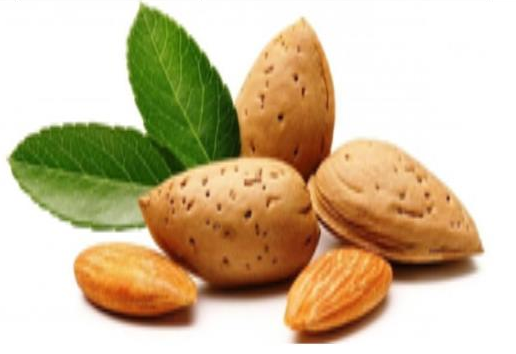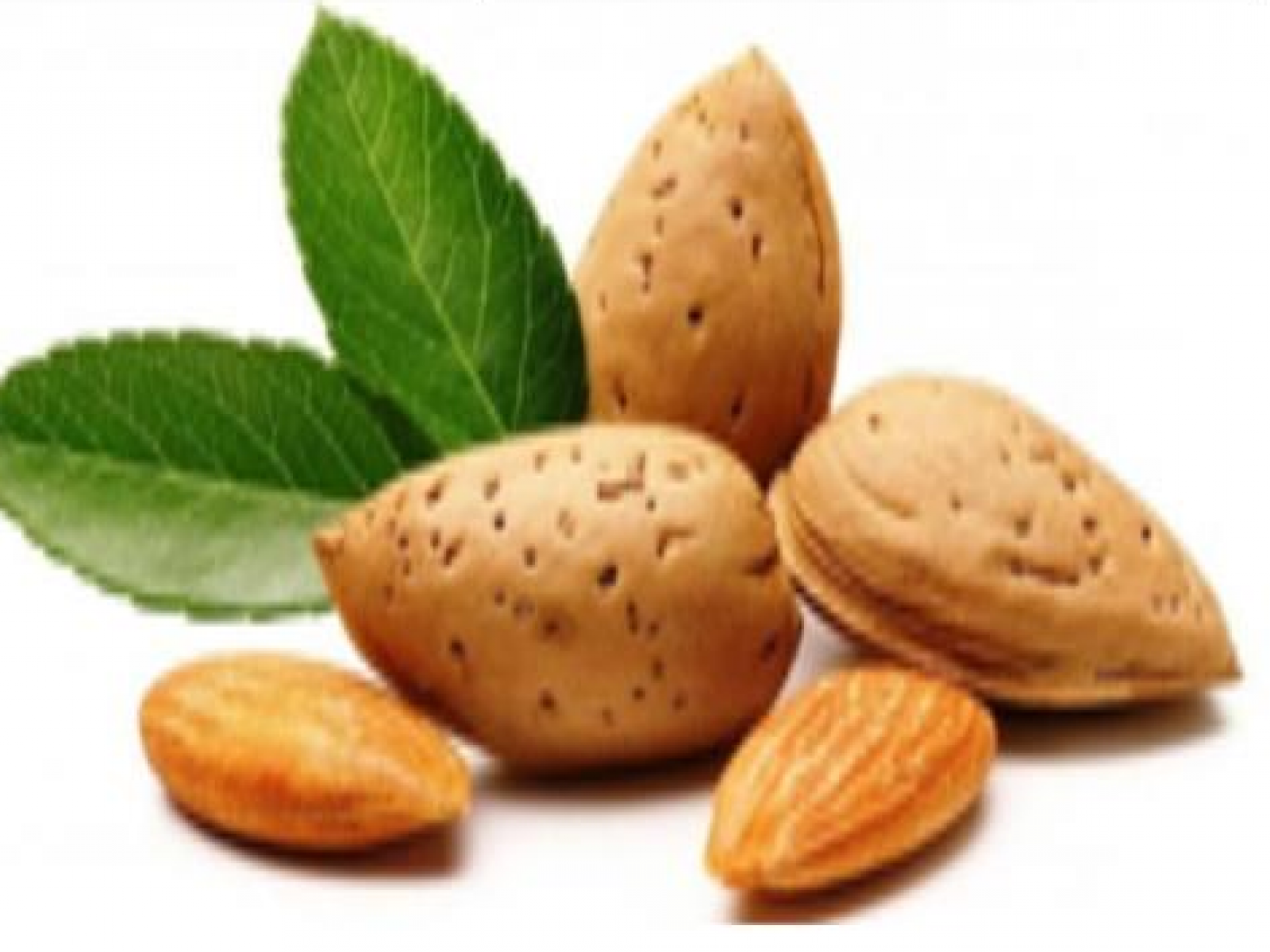An Overview Of Our Solution
- Population Impacted:
- Continent: Africa
Organization type
Population impacted
Size of agricultural area
Production quantity
People employed
Describe your solution
Describe your implementation
External connections
What is the environmental or ecological challenge you are targeting with your solution?
Describe the context in which you are operating
Afghanistan is a semi-arid landlocked country, only7.5 million hectares (11.7%) of total land is under cultivation, about 5.6% is under irrigation only 2.6 million hectares are cultivated annually, & 5.8% is rain fed, only 1.5 million hectares are cultivated annually, irrigated orchard and vineyard growing areas are still very limited, due to less investment on irrigation infrastructure and large area of irrigated lands allocated for staple food production, only 117,642 hectares are under orchard and 82,450 hectares are under vineyards, which cover 0.3% of total geographical land of the country(land atlas of Afghanistan-MAIL/FAO 2015). Therefore a great potential for utilization of rain fed land by plantation of grafted wild almond rootstocks with supplement irrigation and adapting of eco-friendly good agriculture practices is the only solution for dry land rehabilitation and livelihoods improvement in marginal area of Afghanistan.
Most of the dry lands including mountains in Afghanistan have rough, broken and stony lands with shallow soil and long with gullied lands, they comprise 26.7% of the country and are classified as barren, marginal or waste lands, and rang land comprise 46.3% of the country with very limited vegetation for feeding of animals. Afghanistan is still dominated by its rural communities & livelihoods, about 36-40% of Afghans live below the national poverty line unable to meet their basic needs & dietary requirement, but agriculture still plays key role
How did you impact natural resource use and greenhouse gas emissions?
Language(s)
Social/Community
Water
Food Security/Nutrition
Economic/Sustainable Development
Climate
Sustainability
We estimate that the income of the target farmers are increased about 4 time comparing to rain fed wheat cultivation, therefore the farmers are not rely on grant funding or government subsidies after project complation
Return on investment
Entrant Banner Image

